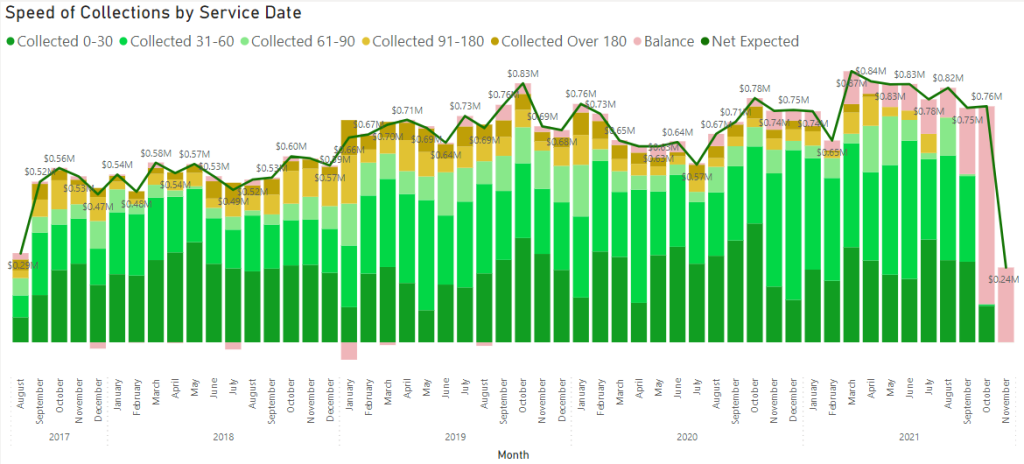
When I was in college, I had to take my public speaking class three times because the first two times, I dropped it the day of my first speech.
The third time I took it, my professor wouldn’t sign my drop slip but promised that if I stuck it out and improved, I would get a good grade because my success was her success. My first speech was on chocolate. I was the last person to go, my voice shook, and I had tears running down my face through the entire speech. But I got through it.
As my class went on throughout the semester, my peers actually helped more than my teacher. As I made friends in the class, I learned to focus on them when I gave my speeches. I found if I rotated between two or three of them, I was making eye contact with the audience – but my focus was on people who supported me.
I think the most life-changing lesson I got was when a classmate asked why I was so nervous. I was prepared for my speeches, I had done my research and knew my points so why was I so scared in front of the class?
When I admitted that I felt like everyone was judging me, he pointed out they weren’t judging me – they didn’t care. They were too preoccupied with their own nerves and their own presentations. And then he asked, “Are you judging us?” and I realized of course I wasn’t. I was thinking about the presentation I was about to give (or had just given), or what great graphics she had, or what a creative idea he had, and my mind was already moving to my next speech and how I could step up my presentation skills. At the end of the semester, my teacher kept her promise, and I earned a good grade.
To this day, those lessons hold true. I think there is only one presentation I have seen in my professional life that has made me cringe, and it was because the person was just not prepared.
This brings us to our point. When you meet with your board, it can be nerve-racking, and it can feel like everyone is judging you. But in reality, half the people there are thinking about their own presentations and the other half want you to succeed – because if you’re succeeding, they’re succeeding.
At Xpio Health, our Data Visualization as a Service (DVaaS) team prides ourselves on giving our customers data they can use. We want you to be as prepared as possible when you meet with your Board, because as our client – your success is our success. Below are some tips to help you succeed at your next presentation:
- Know your board’s objectives and answer one point at a time. It’s important to have your presentation laid out in a way that you can discuss one objective at a time. Use clear, simple visuals that tell your story for you.
- Focus on your highlight reel. When you meet with your board, show the highlights. Focus on the trends of your programs, your projected revenue for the year, or the increase in billable hours. While you may need to touch on your turnover rate in conversation, use the opportunity to illuminate your success stories.
- Let your visuals tell your story for you. No one wants to look at your spreadsheet, and no one wants to look at a visual that needs a 30-minute explanation – it leaves them with more questions than answers. The best tactic is to use simple charts and graphs that highlight your month-over-month trends, KPIs, and quarterly projections.
- Don’t wait until the last minute to gather your data. Untracked data is missing data. Whether you have a dashboard you refer to daily or one you’re going over with your team in a weekly or monthly meeting, the best way to be prepared is to know your data.
Our Xpio Health DVaaS team creates dashboards and visualizations that will present your data in a way that will highlight your story and help you elevate your organization to the next level and make sound, data-driven business decisions. If you’d like to learn more before your next board meeting, please contact us today.




